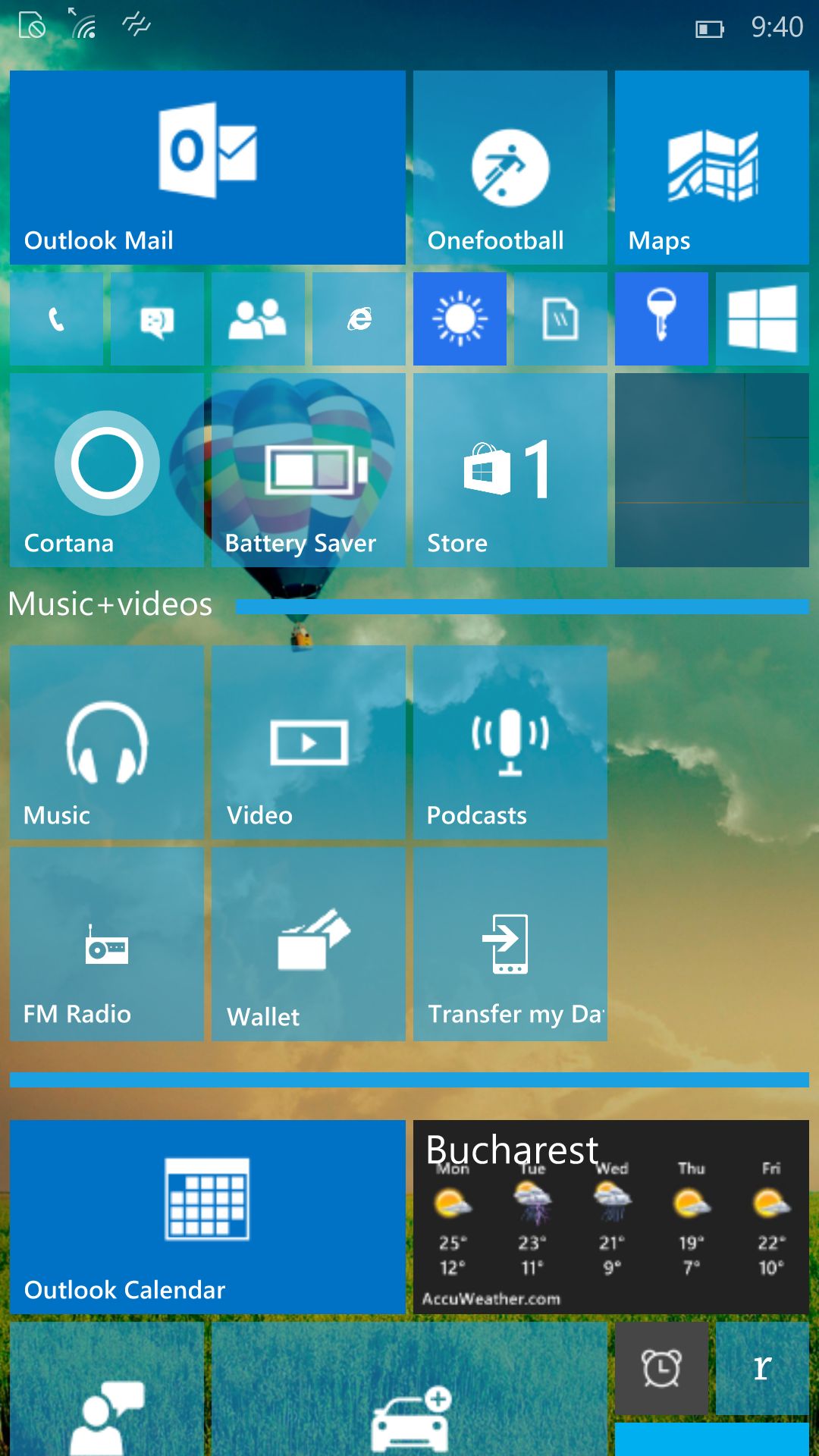Microsoft Windows Mobile will make OS fragmentation a thing of the past
The problem of delivering updates to users has been the crux of Android, in particular, for a very long time, primarily due to the extreme lag created by mobile carriers, like AT&T and Verizon, the latter of which, only in the last couple of months, has finally deliberated in favor of upgrading users of major devices, like the Samsung Galaxy Note, with Android 5.0 “Lollipop”.

In the particular case of Android, mobile carriers often hold back on delivering system updates for a variety of reasons, often having to do with bundled apps (bloatware), and other issues requiring resolution before deployment of what would be otherwise a very simple process of updating to the latest, most stable build of an operating system.
Apple, for one, doesn’t have this problem, as all control over delivery of updates and upgrades, goes through Apple. When a new update of iOS is ready to go, there is no argument on whether the carrier is ready or not.
With Windows Phone, the problem has been both hardware related, and carrier related, starting with WP7 still surviving its own discontinuation, due to many devices lacking the specs to run WP8, but once Windows 10 for Phones is available, now rebranded, once again, to Windows Mobile, the same type of fragmentation that occurs in Android, could be the case with Windows Mobile updates, if release of update packages is left up to mobile carriers.
Verizon, for instance, has held back a number of Windows Phone updates, due to incompatibilities with Verizon’s own apps.
An excerpt taken from the official Windows Blog, from early this month, quotes Terry Myerson who has provided us with a veiled insight into what could be Microsoft’s way of saying “mobile carriers won’t have a say in Windows Mobile’s update schedule”:
“...Here at Microsoft, we take our responsibility to keep Windows secure seriously. We follow up on all reported security issues, continuously probe our software with leading edge techniques, and proactively update supported devices with necessary updates to address issues. And today, we're announcing this continuous update process applies to all Windows 10 devices, including phones...”.
If the above statement means, what we think, it means, owners of Windows Mobile devices could receive updates as soon as Microsoft has them available, regardless of the status of any carrier’s app or other bloatware.
If Microsoft truly manages to keep carriers from cornering Windows Mobile and forcing users to wait for their apps to be compatible before updating, there is a chance for Windows Mobile to develop a much stronger appeal on mobile users, of both iOS and Android.
The benefit could only increase, as more users learn about the Windows ecosystem, outside of the desktop universe, and increase Microsoft’s market share in mobile, thanks to services that challenge both Android and Apple on their turf, like Continuum and Cortana, which are designed to create a consistent experience from desktop to mobile, just as Apple has pioneered, with its own services, like Continuity, Handoff and AirPlay.